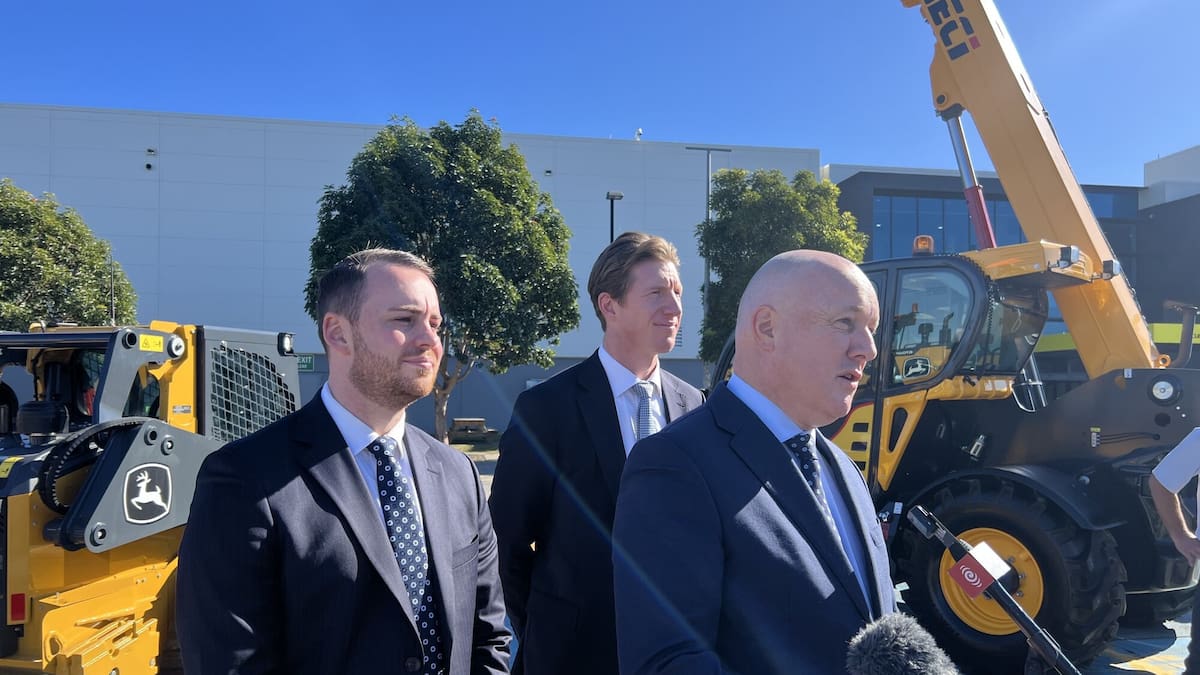“Another half a billion dollars worth of local government projects are also getting under way this year, including five projects here in Tauranga,” Luxon told the conference.
He said the national infrastructure pipeline showed planned future projects across central and local government, and the private sector, totalling $207b.
This was nearly $40,000 per person and $116,000 per household.
“For every $1b of infrastructure investment per year, that generates about 4500 jobs.”
He said as work got under way on these projects, there would be “real jobs and real opportunities” for thousands of Kiwis, and added momentum for economic recovery.
“We have turned the corner and the future for civil construction in New Zealand is bright.”
Luxon said this was great news for the civil construction sector.
“We need the work to get done. We need action, we need shovels in the ground.”
He did not give details of the five Tauranga projects when asked by the Bay of Plenty Times after his speech and said the Government would talk about these “in due course”.
He said a number of projects in Bay of Plenty were “on the fast track”.
Twelve Bay of Plenty projects have been listed to follow the Fast-track Approvals Act 2024 process.
Luxon said growth problems had been challenging for Tauranga.
“It’s a region that should do exceptionally well with a Government that wants to streamline the resource management process and get fast-track projects up and running.”
Tauranga was a growing economic powerhouse for New Zealand.
“That growth needs to have quality, modern and reliable infrastructure around it as well.”

Tauranga Mayor Mahé Drysdale addressed the conference and said Tauranga continued to be one of the fastest-growing cities in the country.
He said a well-formed regional deal should be a game-changer, not just for the Bay of Plenty but as a model for others across the country.
“We are investing heavily to keep pace with growth.”
He said the current long-term plan included $500m in annual capital expenditure for the next 10 years.

“A significant proportion of this is dedicated to horizontal infrastructure.”
He was encouraged by the Government’s work to reform the Resource Management Act (RMA).
“Faster, more efficient consenting is something we can all look forward to and it will help bring costs down.”
Developments in the Bay of Plenty included the Takatimu North Link, SH29 Tauriko-Ōmanawa Bridge and Te Tumu new housing area in Pāpāmoa East.
Drysdale said the SH29 project would unlock industrial land, enable4000 new homes in the medium-term and support about 3000 new jobs.
“Infrastructure is too expensive in this country and we need to find ways of delivering more for less.”
Civil Contractors New Zealand (CCNZ) president David Howard said the past year in the infrastructure industry had not been easy.
“I feel it’s been a bit of a triple-whammy with central government cutting costs, new regulations coming in and councils rethinking their funding.”
He said he remained hopeful that CCNZ had worked hard to get in front of the right decision-makers to explain the industry’s needs.
“It’s not easy to get Government attention, but we’ve made progress.”
Kaitlyn Morrell is a multimedia journalist for the Bay of Plenty Times and Rotorua Daily Post. She has lived in the region for several years and studied journalism at Massey University.





